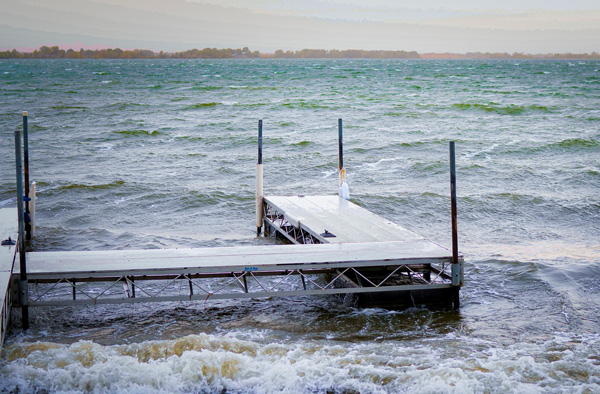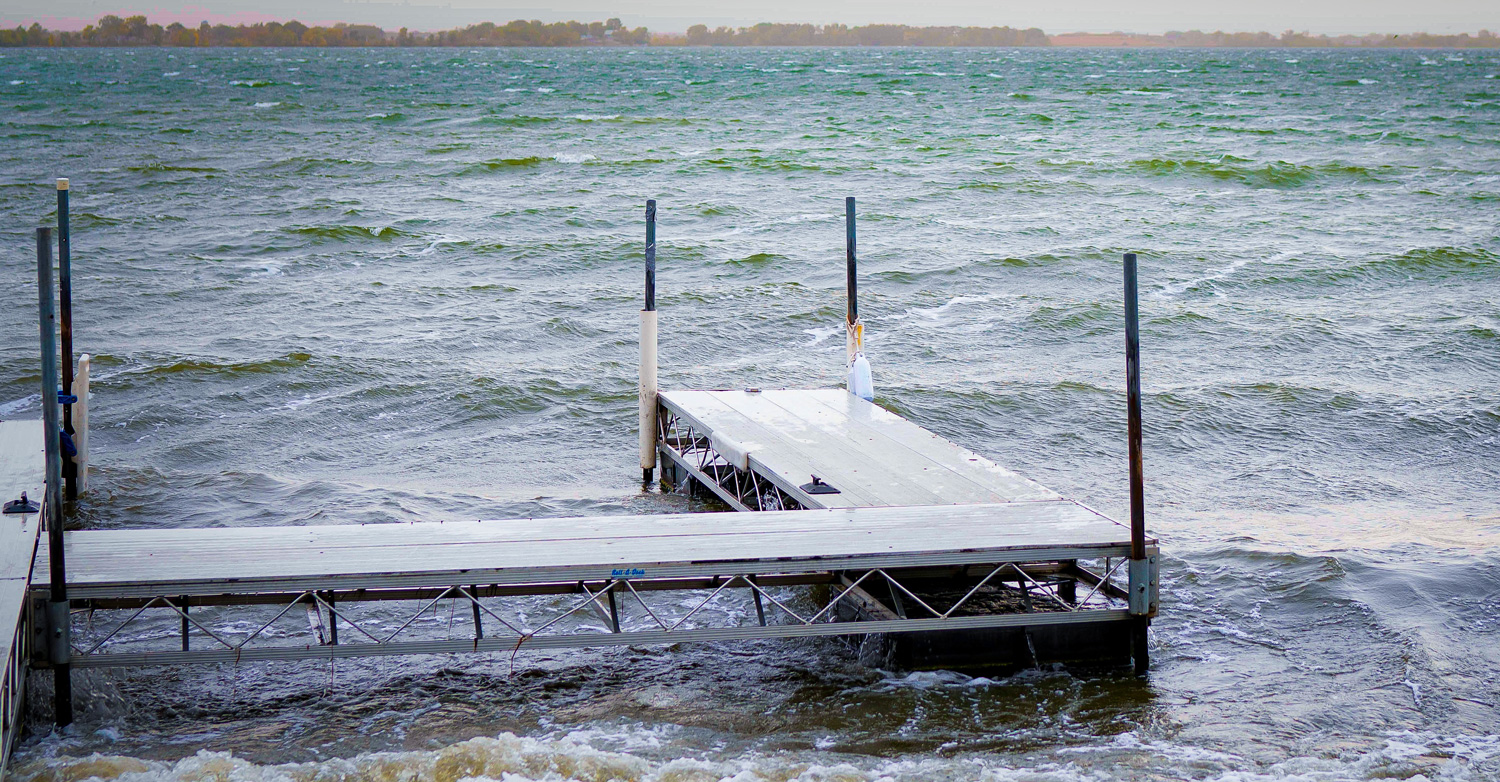Spring in Florida typically means a couple of things. Fewer boats, and more windy days. Yep, just about the time the tourists start breezing out of town, windy conditions start blowing our boats around a bit more. Which gives us the perfect opportunity to pass along some great boat handling tips…because if you can manage your craft in the windy conditions, fairer weather days become that much easier and more enjoyable.
Whichever way the wind blows. Docking with the wind can be relatively easy as you can slow your approach to the dock by reversing your engine’s power, head bow in, tie off and then use that line as leverage to pivot in. Docking when the wind is blowing away from the dock is a bit trickier, as eventually you will need to slow down and put the boat broadside to the wind. The moving wind will then blow you away from the dock, and more than likely turn the boat. Your options for counteracting this become few—especially without the benefits of twin engines, bow thrusters, or a friend on the dock.
On your initial approach you will be almost 90 degrees to the dock. This minimizes the turning effects of the wind. The maneuver requires you to use brief but purposeful use of steering and throttle.
Use the boat’s momentum to your advantage. Think of this as ‘throwing’ your boat at the dock, and throwing it into a skid to get it into the slip. To execute the ‘throw’ you must first head towards the dock, then on approach give the throttle a calculated bump of power as you make your final turn. Done correctly, the boat will slide into its slip using this rotary motion, coming to a stop at exactly the right spot. It may require a few attempts, but this is okay. Don’t rush it or be rushed by anybody else.
Lines work…use them. In actual practice, combining the above technique with the aid of a line means you don’t have to bank as much on momentum to accomplish the maneuver. One of the best ways to do this is using a double spring line, or one end attached at the stern and the other near the bow. Just get close enough to the dock and throw the middle of the line past the dock cleat so you can hook it. You can then move the vessel forward or aft to pull in on either end. Once close enough, just cleat it off somewhere in the middle. Be sure to do it quickly—especially if the wind is strong.
Watch and learn. This video demonstrates other techniques and gives some additional tips. Practice is never to be undervalued, and watching more experienced captains can take a lot of the mystery and intimidation out of it.


